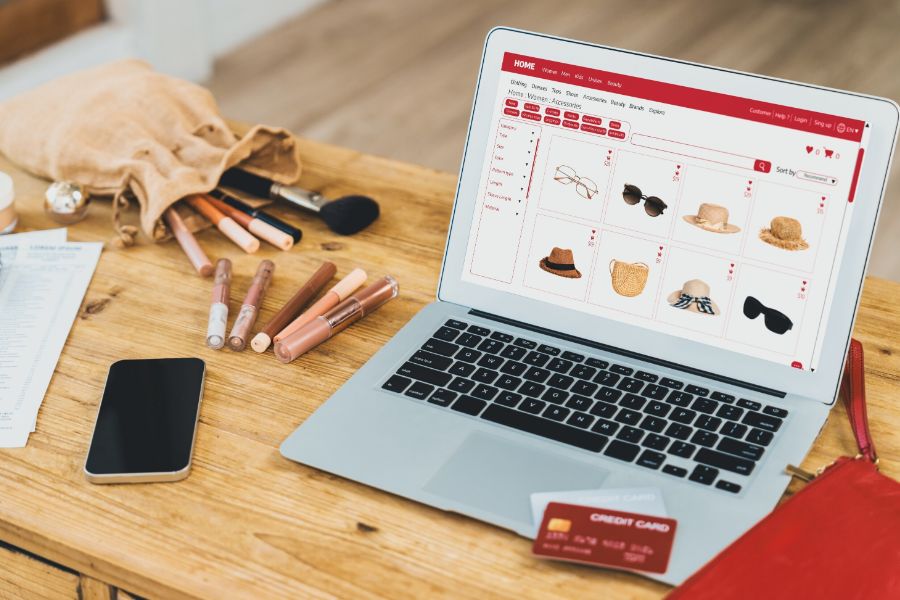With a steady supply of products and effective inventory management, every company can look towards good revenue. Just-In-Time Inventory helps retailers and manufacturers to lower their storage cost and keep their stock fresh, from that achieving the success vision.
What Is Just-In-Time Inventory
Just-in-time inventory (JIT) is an inventory management method where goods are received from the suppliers when they are needed. The main purpose of this method is to decrease inventory costs and increase inventory turnover.
JIT inventory requires thorough planning of supply chain and software programs, in order to carry out the entire process till the delivery. As every step in the process is monitored, the errors are eliminated which will increase efficiency.
The Ordering Process of Just-In-Time Inventory
Firstly, the customer places an order with the retailer. When the retailer receives its order, they contact and place an order with the supplier. The suppliers receive the order and supply that respective order to the retailer, with all the materials needed for the customer’s order. The received materials are assembled and sold to the customer.
Advantages of Just-In-Time Inventory Management System
- Reduces Inventory Waste
A just-in-time inventory system eliminates the overproduction of stocks. Dead stock is the unsalable inventory that increases waste and consumes the inventory space. In the JIT system, you order when it’s necessary, as there won’t be any risk of dead stock.
- Decrease Warehouse Holding Cost
Warehouses can be expensive, and excess inventory can increase your holding cost. In Just-in-time inventory the warehouse holding costs are kept to a minimum, as you order when it’s required so that there is no need to store stock for a long time.
- Gives manufactures more control
Here in Just-In-Time Inventory System, the retailer has complete access over the manufacturing and production process. They respond to the customers who are in need of in-demand products and lower the production for slow-moving items.
Toyota will not purchase raw materials until an order is made. Burger king franchisers keep inventory ready of hamburger ingredients on hand all the time, but they cook when it’s ordered.
- Optimize local sourcing
In JIT inventory system, the resources are supplied locally, the employment rates in those areas will open up for many complementary businesses. As the manufacturing of products is only done when required, raw materials have to be produced locally, thereby reducing transportation time and cost.
Disadvantages of Just-In-Time inventory
Though JIT inventory saves a lot of overheads for businesses, there are few drawbacks
- It is difficult to re-work orders if something goes wrong, as the inventory is kept minimum.
- It is dependent on the supplier’s performance, which is unpredictable and hard to ensure.
- There will be a lot of back-and-forth shipping among the supplier, retailer and customer; which will affect the environment over packaging and transporting costs. Most importantly, they may cause delay in shipping and unsatisfied customer reactions.
- In case of interruptions, it may have a major effect on business. As there won’t be enough stock, sales may be delayed.
Just-in-time inventory works when the company has an efficient inventory management system and reliable suppliers. Click here to find out how to upgrade your inventory management system.
ConnectPOS is a all-in-one point of sale solution tailored to meet your eCommerce POS needs, streamline business operations, boost sales, and enhance customer experience in diverse industries. We offer custom POS with features, pricing, and plans to suit your unique business requirements.




